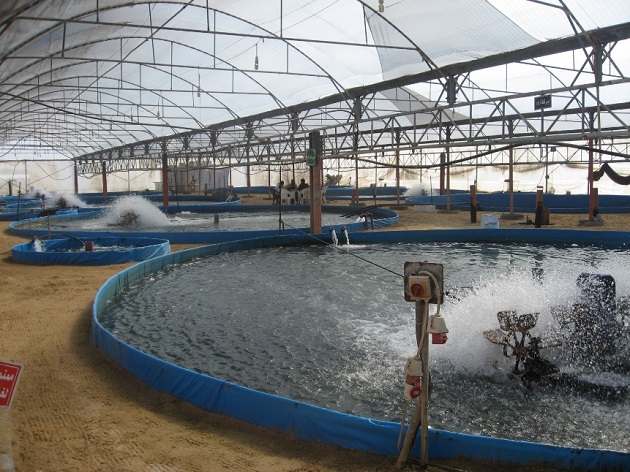
News
Technology
Sustainability
Indian state pushes biofloc tech for land-based aquaculture
August 28, 2020 By Nestor Arellano
 Biofloc tanks (Photo: Department of Fisheries & Animal Resources Development Department of Government of Odisha)
Biofloc tanks (Photo: Department of Fisheries & Animal Resources Development Department of Government of Odisha) The government of the Odisha aims to use biofloc technology to intensify land-based production of fish and shrimp in the eastern Indian state located near the Bay of Bengal.
Under the program, 1,080 biofloc tanks will be developed from 2020 to 2021 through a government subsidy scheme. The aim is to provide livelihood for individuals and alleviate the economic hardships caused by the ongoing COVID-19 pandemic.
The program is targeted at freshwater fish and brackish water shrimp farmers (grow-out tanks, nursery and seed tanks); fish and shrimp hatchery operators; private entrepreneurs; and young people who face unemployment due to the pandemic.
The government is providing a subsidy of 40 percent to general applicants and 60 percent subsidy to female applicants who want to build biofloc systems to raise fish or shrimp.
Subsidy support is only for infrastructure costs and doesn’t include any operational costs.
Program beneficiaries will undergo specialized training on biofloc.
“This programme aims to support fish farmers/ young entrepreneurs including migrant farmers affected due to COVID-19 for generation of income and livelihood support,” according to Odisha government files. “Person having small land holding (as small as 150-200 square meter of land) and having either municipal piped water supply or bore well water supply can establish this business with small investment.”
Using biofloc technology, fish farmers can produce significantly more fish in small tanks compared to traditional forms of aquaculture in large ponds. The technology can be used to boost production of shrimp and species such as tilapia and carp.
The biofloc system was developed to enhance environmental control over fish production in areas where water is scarce and land is expensive. Key to the system is waste treatment.
Biofloc systems use an approach that encourages solids and associated microbes to accumulate in the water. With sufficient aeration the system is able to maintain an active floc or loosely clumped mass of particles suspended in the water and control water quality.
Print this page